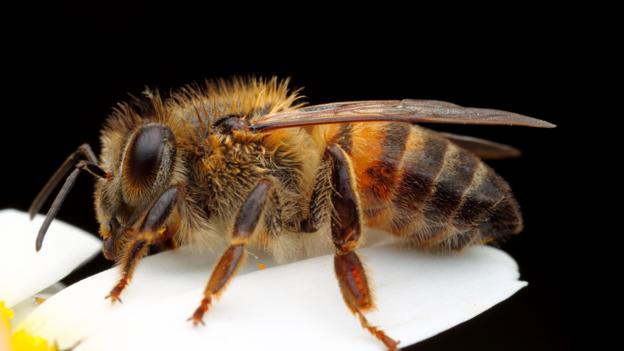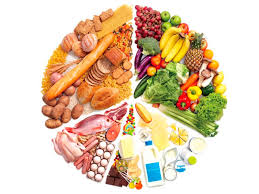Stamp: Jujube Honey (Algeria 2018)
Jujube Honey (Algeria 2018)
16 October (Algeria ) within release Honey Production goes into circulation Stamp Jujube Honey face value 25 Algerian dinar
| Stamp Jujube Honey in catalogues | |
|---|---|
| Colnect codes: | Col: DZ 2018-19A |
Stamp is vertical format.
Also in the issue Honey Production:
- Stamp - Jujube Honey face value 25;
- Stamp - Eucalyptus Honey face value 25;
|
Data entry completed
83%
|
|
|---|---|
| Stamp Jujube Honey in digits | |
| Country: | Algeria |
| Date: | 2018-10-16 |
| Print: | Offset lithography |
| Size: | 42 x 73 |
| Emission: | Commemorative |
| Format: | Stamp |
| Face Value: | 25 Algerian dinar |
Stamp Jujube Honey it reflects the thematic directions:
Bees are winged insects closely related to wasps and ants, known for their roles in pollination and, in the case of the best-known bee species, the western honey bee, for producing honey. Bees are a monophyletic lineage within the superfamily Apoidea. They are currently considered a clade, called Anthophila. There are over 20,000 known species of bees in seven recognized biological families. Some species – including honey bees, bumblebees, and stingless bees – live socially in colonies while most species (>90%) – including mason bees, carpenter bees, leafcutter bees, and sweat bees – are solitary.
Food is any substance consumed by an organism for nutritional support. Food is usually of plant, animal, or fungal origin and contains essential nutrients such as carbohydrates, fats, proteins, vitamins, or minerals. The substance is ingested by an organism and assimilated by the organism's cells to provide energy, maintain life, or stimulate growth. Different species of animals have different feeding behaviours that satisfy the needs of their metabolisms and have evolved to fill a specific ecological niche within specific geographical contexts.


